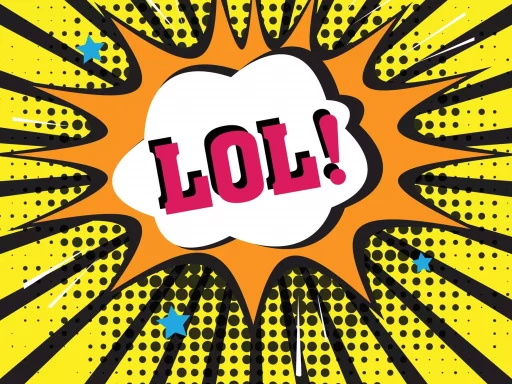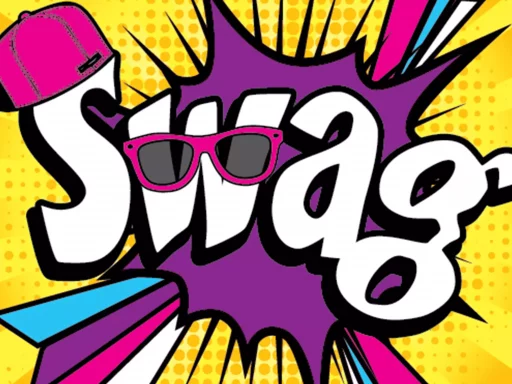Introduction to RCS (Rich Communication Services)
RCS, or Rich Communication Services, is a communication protocol that enhances the traditional SMS (Short Message Service) messaging experience. Developed by the GSMA (Groupe Spécial Mobile Association), RCS is designed to transform the way we communicate through text messages, incorporating advanced features found in popular messaging apps.
Key Features of RCS Text Messaging
RCS offers several enhanced capabilities over standard SMS, making it a more dynamic and engaging communication tool:
- Rich Media Sharing: Send images, videos, and audio files without size limitations.
- Read Receipts: Get notifications when your message has been read.
- Typing Indicators: See when the recipient is typing a response.
- Group Chats: Easily create and manage group conversations.
- Interactive Elements: Include buttons for actions such as making a reservation or purchasing a product.
How RCS Works
RCS functions through data rather than cellular SMS protocols. This means that RCS can use Wi-Fi or mobile data to send messages. For RCS to work, both the sender and recipient need to be using an RCS-enabled messaging application, such as Google Messages on Android, and must have RCS functionality supported by their mobile carrier.
Examples of RCS in Action
Businesses are beginning to harness the power of RCS to offer improved communication with customers. For instance, airlines can send flight boarding passes directly through RCS messages, complete with maps and real-time updates. A retail store might send promotional offers that allow customers to view products with images or videos directly within the message thread.
Case Studies Highlighting RCS Impact
Several companies have adopted RCS and reported significant improvements in customer engagement:
- Delta Airlines: By implementing RCS, Delta saw a 20% increase in customer interaction compared to traditional SMS. The ability to send rich media, like boarding passes and updates, enhanced customer satisfaction.
- The Home Depot: RCS allowed them to streamline communication for order confirmations and delivery updates. The company recorded a 30% increase in customer engagement metrics compared to their SMS campaigns.
Statistics on RCS Messaging
Here are some compelling statistics demonstrating the effectiveness and potential of RCS:
- According to a GSMA report, RCS messaging is expected to reach 1.2 billion users by 2025.
- Brands using RCS have seen engagement rates as high as 75%.
- RCS messages can include media files up to 10 MB, unlike traditional SMS, which is limited to 160 characters.
The Future of RCS Messaging
The future of RCS messaging looks promising as more mobile operators and businesses begin to adopt the technology. Interestingly, Google has been leading the charge by integrating RCS into its messaging platform. This increased adoption is expected to reshape the SMS landscape, pushing traditional SMS to the background.
Conclusion
RCS text messaging represents the next evolution of SMS, providing users with enhanced features and improved communication options. As more businesses and users transition to RCS, this technology could reshape how we interact in our digital conversations, leading to a richer, more engaging messaging experience.






